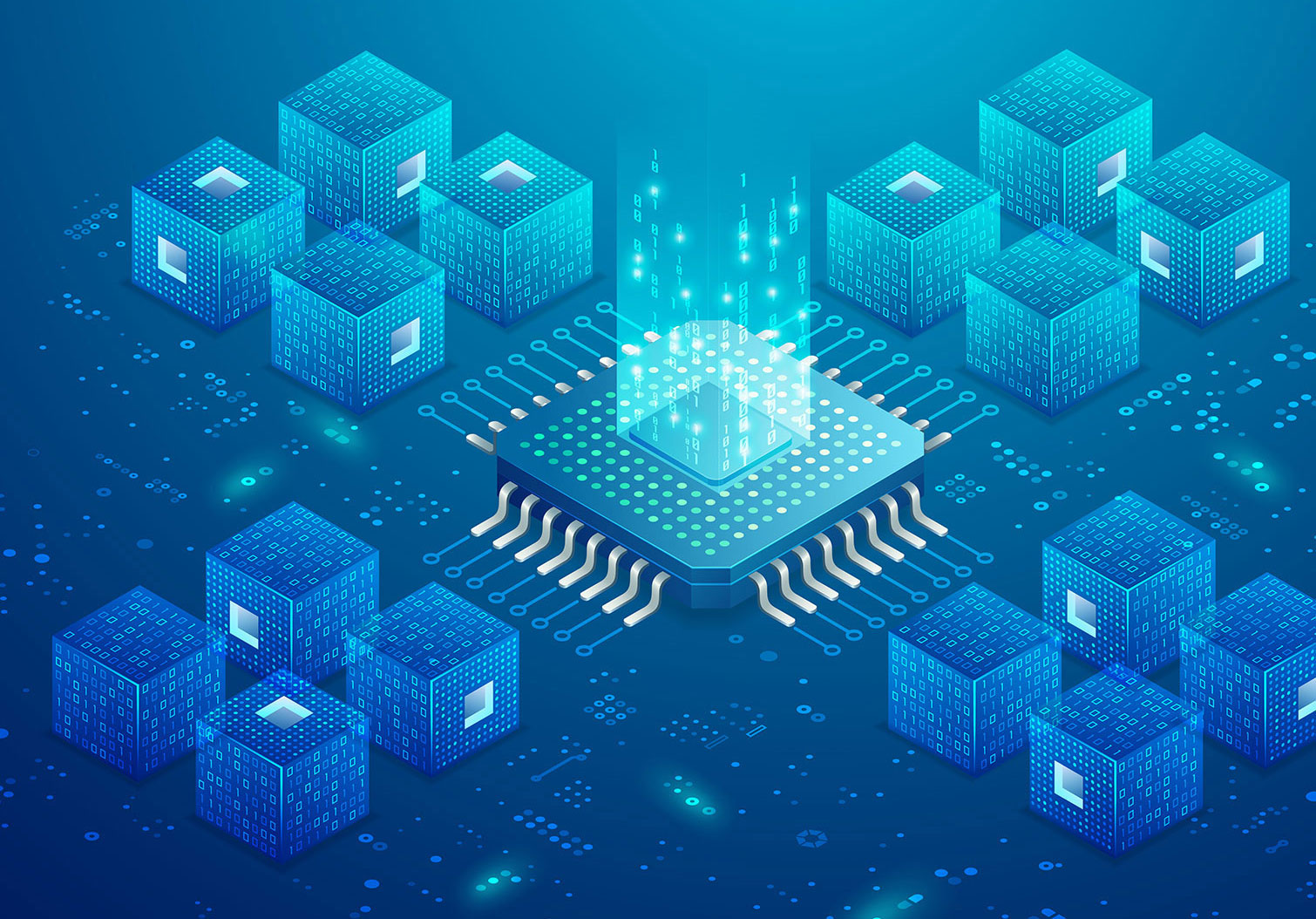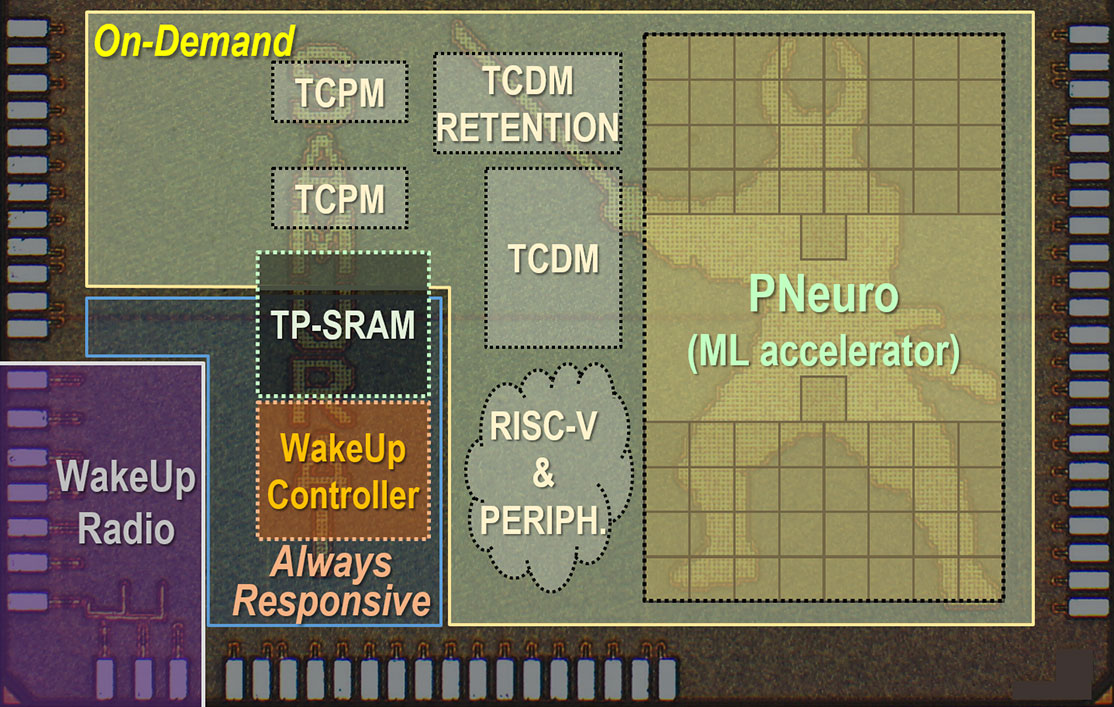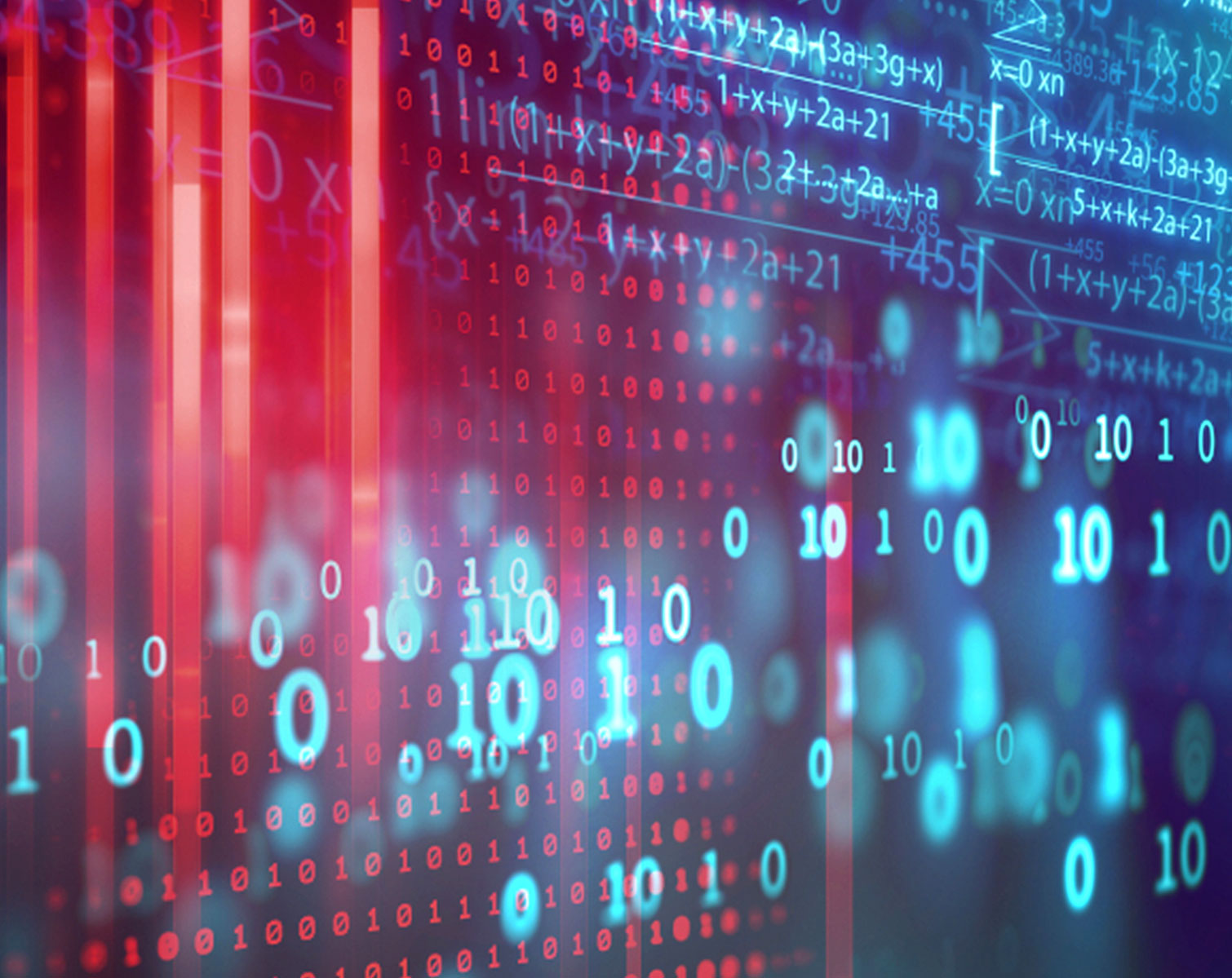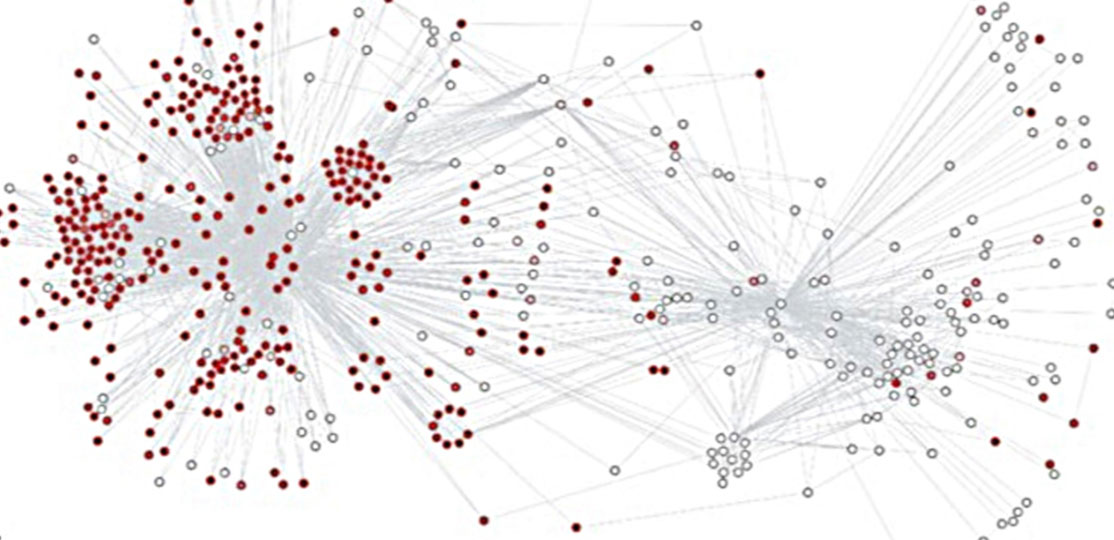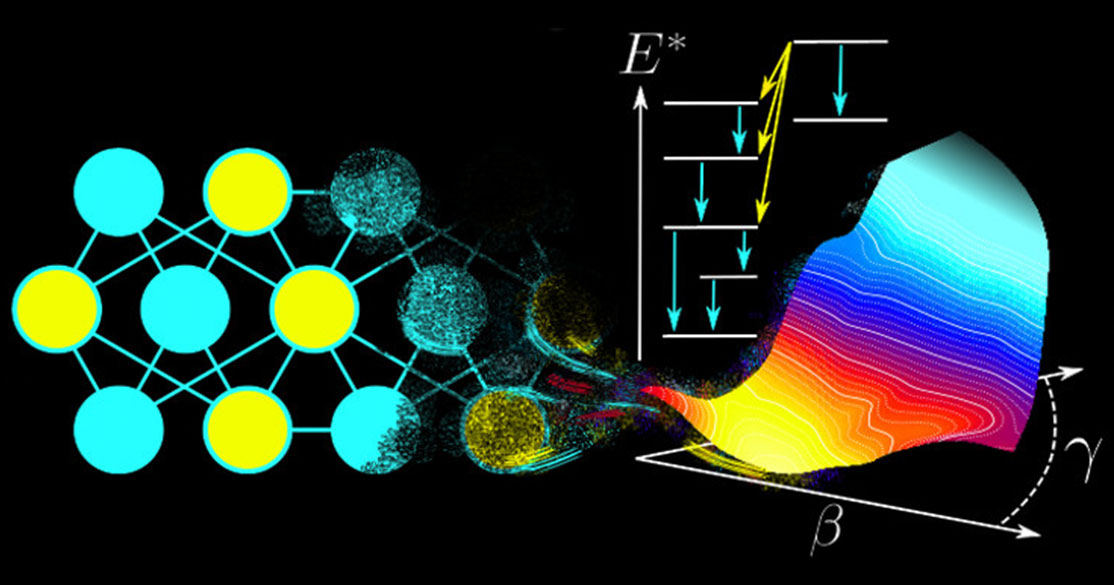We live in a time when the role of smart systems and objects is growing (for mobility, energy, manufacturing, communications, etc.) and data volumes are increasing (both from industry and the academic world) - even more so during the pandemic. The CEA intends to contribute to the digital transformation in a way that maintains France’s strategic, economic and sovereignty interests, addresses society’s concerns and meets the needs of science and industry.
The industrial revolution of the nineteenth century changed society profoundly. The digital transformation, and the resulting changes in habits, has been radically changing our society since the early 2000s. This transformation speeded up during the pandemic and the various lockdowns, when there was massive use of digital technologies, and this is destined to become permanent. Some aspects of this, such as the accessibility of networks and equipment, energy consumption and environmental impact associated with digital practices, and more generally system vulnerability, have become major issues. High-power digital technology (high performance computing, processing big data) has been an essential “tool” for an increasing number of the CEA’s programmes for many years.
In its mission to provide technological support for industrial innovation, the CEA has a unique range of expertise to address the various issues involved in this transformation. Underpinned by outstanding fundamental research and innovative technology platforms, together with a strong entrepreneurial and industrial culture, its work, carried out by over 3,000 employees, covers the entire digital value chain: from the design of the most advanced components, including nanometre scale components, right through to the development of global digital solutions (hardware and software) incorporating a cybersecurity approach. To increase its ability to meet society’s requirements ever more efficiently, the CEA launched a foresight exercise across its activities in March 2020, which involved over 200 experts from all its operational divisions. Its conclusions are expected in 2021.
The work of the CEA’s teams, mainly at the Technological Research Division and the Fundamental Research Division, concerns both R&D on digital technologies (both hardware and software) and more fundamental upstream research. Three main topics are covered: microelectronics (hardware), digital systems (software) and cybersecurity to ensure the integrity and protection of both components and systems.

Microelectronics
In microelectronics, a field in which the CEA has been involved from the outset via its research on the atom, work is being carried out on the design of integrated circuits and devices (connected objects, imaging devices, etc.). Work in this field also covers the nanosciences and quantum engineering, focusing on two main areas: nano-physics with the aim of controlling and manipulating quantum phenomena to obtain new functional properties, and the synthesis, modelling and characterisation of nanomaterials, nano-objects and nanodevices. The expertise of the CEA’s teams in quantum technologies has led to the organisation being one of the joint leaders, together with the CNRS, Inria, and the Universities, of the French government’s plan focusing on these technologies.

Digital systems
The CEA is investigating several areas in digital systems: artificial intelligence technologies; cyber-physical systems, designed as computer networks with physical inputs and outputs (instead of standalone devices); tools and engineering for the design and validation of digital systems, for example with the Papyrus platform (used for “step by step” modelling of the information system to be developed) and the Frama-C platform (programme analysis and testing); digital instrumentation for which the CEA is a world leader in the field of non-destructive testing with its CIVA simulation software.
With the increasing development of digital technology, cybersecurity has become a major issue for governments and economic stakeholders. It is a fast-growing sector with several competing French industrial companies. The CEA has to deal with issues specific to cybersecurity both as the operator of its own information systems (IS) and as an operator of industrial control systems (ICS). It therefore carries out both operational activities and R&D activities. This is particularly the case in the areas of energy generation and management, as well as overall security.
In this field, this involves meeting its own needs and those of the French Defence Procurement Agency (DGA) and the French defence industry (Thalès, MBDA, Naval Group, etc.), and also developing the technologies (software and hardware) for the future trusted solutions required by industrial companies seeking to ensure their products, systems and services are secure. It is this expertise that led the public authorities, in February 2021, to task the CEA, together with the CNRS and Inria, with the leadership of the “Cybersecurity” priority research programme, which is part of the French economic recovery plan.
The CEA is also involved in the digital transformation through its long-established expertise in the area of high performance computing (HPC), in particular under the impetus of the “Simulation programme” led by its Military Applications Division, and by the exponential requirements of projects and research tools for data generation and processing. The CEA has one of the largest scientific computing complexes in Europe at its Bruyères-le-Châtel site. It provides services for defence, industry and academic research. The CEA also leads or is involved in a number of major digital research infrastructures, in particular in the field of health with France Génomique, CATI and N4HCloud.
High-power digital technology now plays a central role in a great many fields. Digital simulation and HPC have been massively used for many years, for example in climatology to gain a better understanding of meteorological phenomena or to assess natural hazards; in chemistry and biology to investigate the mechanisms of living things; in materials physics to qualify new concepts and check their robustness; in the field of energy to design future facilities or make the maintenance and safety of current facilities easier.
The use of data is therefore crucial in the understanding and analysis of physical, chemical and biological phenomena. However, obtaining reliable, robust results requires high quality big data to be available. Here too, the CEA is in a special position, as it has recognised expertise in the production and management of such data: observational, spatial, environmental, health and fundamental physics data, as well as results of digital simulations, etc.
This expertise also covers the reconstruction of information on fragmented data, or even more importantly, by correlating and integrating heterogeneous data. This is essential for medicine: it will be possible to develop personalised diagnostics and treatments through the cross-analysis of numerous sources of health data (genomic, clinical, imaging, etc.), rendering it coherent and ready for interpretation. This approach relies on having multidisciplinary teams, involving R&D engineers and data scientists, and platforms focussing on both industrial innovation and exploratory research (quantum solutions, ultimate electronics).
With this wealth of expertise in all the operational divisions, in 2020 the CEA, with its German partner Forschungzentrum Jülich (FZJ), initiated the creation of a virtual Franco-German laboratory, AIDAS (AI – Data Analytics – Scalable Simulation), working in the field of high-power digital technology. Its aim is to consolidate the partnerships on these topics and establish itself as a major European-scale player.
